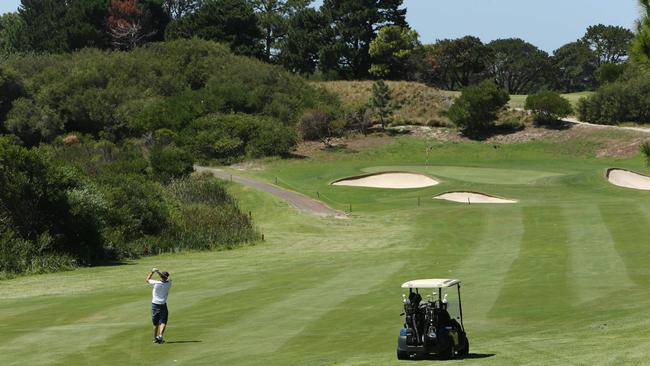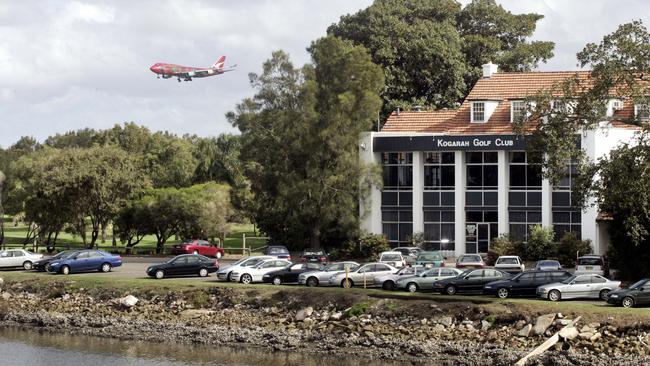NSW real estate: Golf courses ripe for housing development around Sydney
EXCLUSIVE: Sydney’s golf courses are the next victims of booming property prices, with developers eyeing off $40 billion worth of prime real estate.

NSW
Don't miss out on the headlines from NSW. Followed categories will be added to My News.
FORGET the bunkers — it seems Sydney’s golf courses are gold mines, with developers looking to turn them into an estimated $40 billion worth of housing.
A limited supply of land coupled with falling player numbers has seen golf clubs selling slices — or in some cases all — of their land.
Between 10 and 15 of the city’s 91 golf courses are in financial trouble, according to Golf NSW, potentially opening up as much as 728ha for housing development in the next decade.

Starr Partners CEO Doug Driscoll estimated Sydney’s golf courses are worth an average of $450 million each to developers.
He said a 48ha course could fit 600 detached dwellings or an even greater number of apartments and townhouses.
“Developers see these courses and they just rub their hands together with glee,” he said.
“The reality is that with a burgeoning population, urban sprawl can only go so far.
“It is inevitable that we are going to look at what space we have got.”
Developers for Kogarah Golf Club lodged a $100 million development application with Bayside Council last year to relocate the entire 18-hole course to the nearby Arncliffe Chinese Market Gardens.
Strathfield Golf Club made more than $50 million after selling 2.2ha of excess land in 2015.
New Brighton Golf Club in Moorebank landed a similar deal, selling off five holes to make way for 300 new homes and a new clubhouse.
“Any of those facilities that are owned by councils are the ones under more pressure than most.”
According to Golf Australia, the number of NSW golfers has dropped 17 per cent since 2006, from 180,583 to 149,023. Of those, metropolitan Sydney claims just 63,251 golfers.
Golf NSW general manager Graeme Phillipson said there is going to be increasing pressure on these facilities in the next decade.
“They certainly need to look at how they can ensure their facilities are being used,” he said.
“Perhaps that will mean opening up the fairways to little athletics, touch football or other sports.”
Mr Phillipson said 10-15 Sydney courses, both public and private, are now reconsidering their business model due to financial pressures.
“Any of those facilities that are owned by councils are the ones under more pressure than most,” he said.
“Member-owned courses are with the prime focus of playing golf. They will hold their heads above water as long as they can.”
Sydney land values increased an average of 12.8 per cent over the 12 months to July 2016, according to the NSW Value General’s July 2016 report.
Sydney’s total land value is more than $1.2 trillion.


